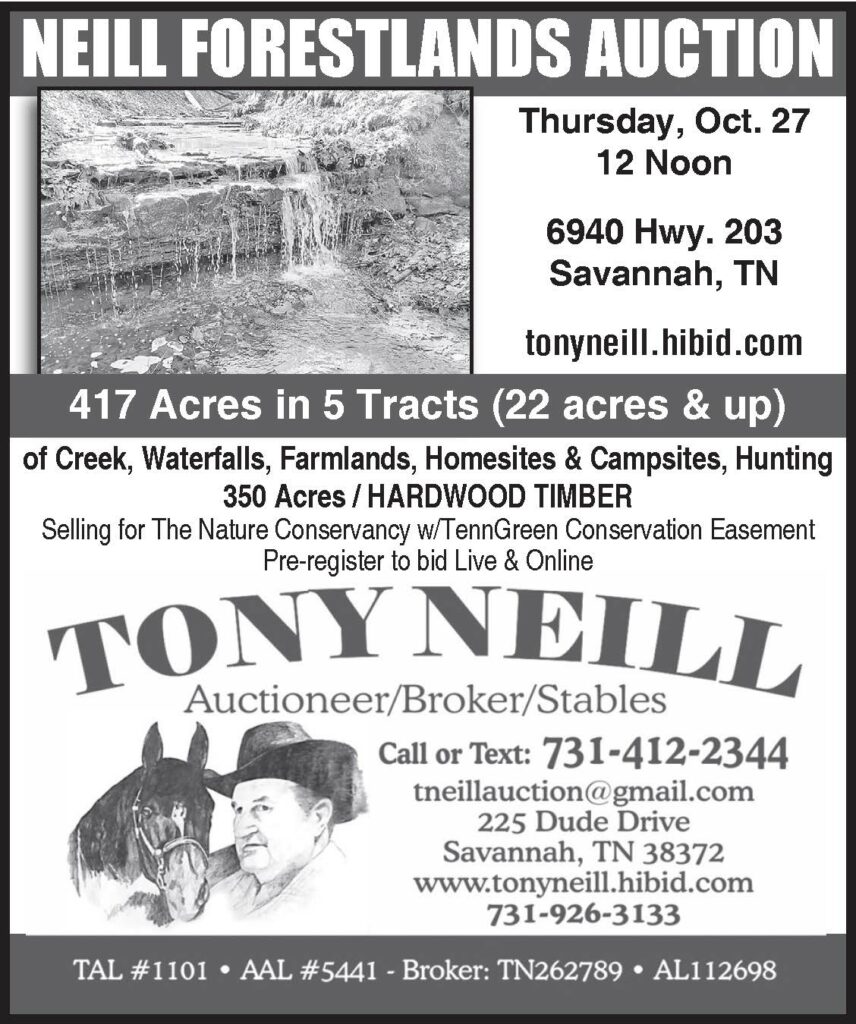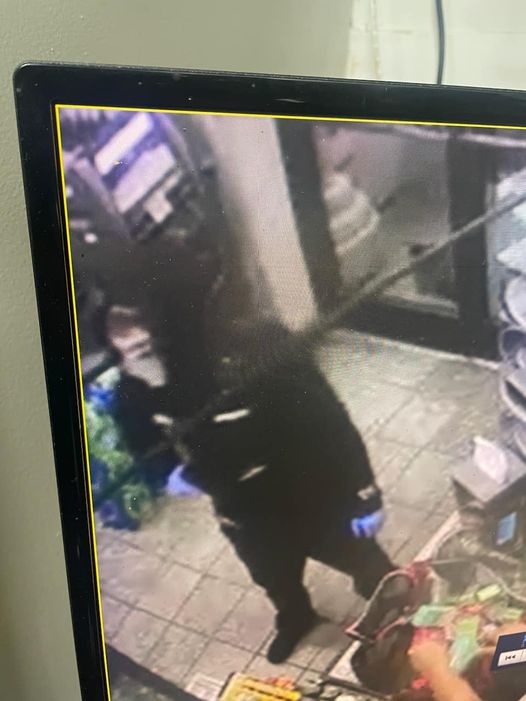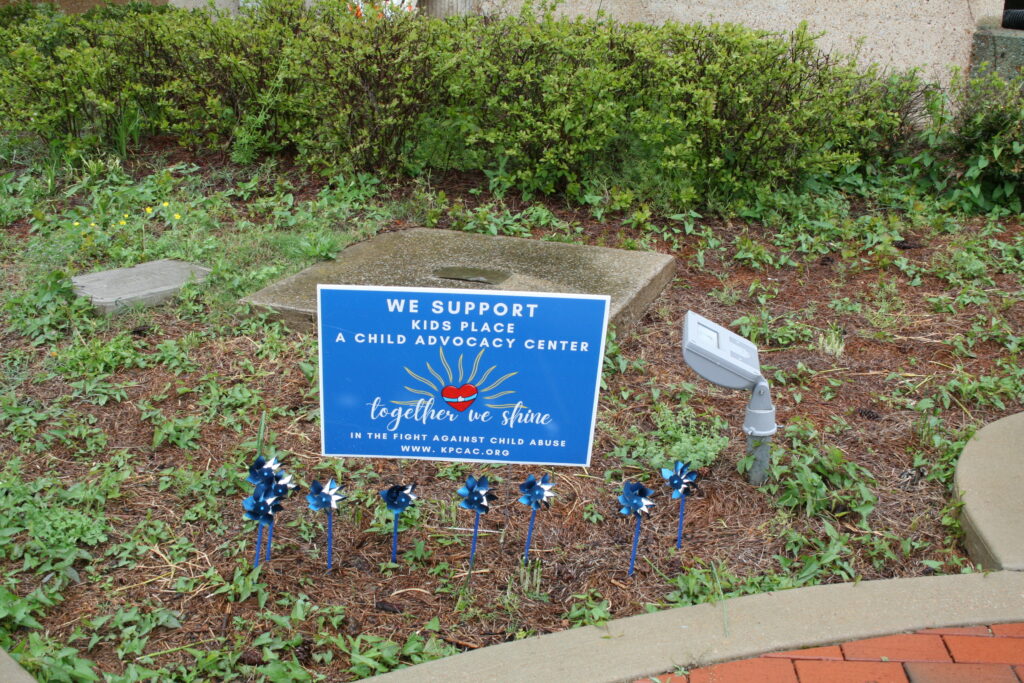Dr. Gary Bates, Director UT Beef and Forage Center
Yesterday I was at a farm, helping to plant a field in alfalfa. The producer was going to use no-till planting, and he wanted some help setting up the drill. The drill was relatively new, was in good shape, and at first glance didn’t look particularly dirty. When I first showed up and saw the drill, I thought to myself, “This is going to be a piece of cake. We’ll be out of here in an hour.” My estimate was off by 2 hours. You might think I don’t know what I’m doing, and that might be partially correct. But part of the problem was that a couple of the tubes were plugged up, as was one of the narrow pipes that are just behind the double disk openers. It took several times calibrating and walking behind the drill looking for seed to eventually find every problem.
If we had not been methodical about calibrating and cleaning the drill, there would have been a 21-inch gap in every 10 feet width across this field. Here is the process I follow when setting up a no-till drill to plant:
1. Make sure the seedbox is clean. There always seems to be old seed or some other trash in the box. Use either a vacuum or blow air into box to remove this trash.
2. Make sure the seed flow path for each tube is clear. You have to check to make sure that from the box, through the tube, down to the ground is clean for each tube. There are a number of places that can be plugged. Maybe a spider web is in a tube, or mud has gotten underneath a coulter and plugged it. Yesterday we had a bug plugging a hole that stopped the final six inches of the path. You need to make sure seed is flowing all the way through and getting to the ground. You will usually have to remove the tubes to make sure they are clean. It is a pain, but worth the effort.
3. Check seed flow rate. Most drills will have some type of calibration chart to indicate the setting for the seeding rate for various forage species. This chart is a place to start, but usually they are not exact. It is important to check the flow rate to ensure you are putting out the right amount of seed per acre. You don’t want to have to go over the field twice, or worse, you don’t want to put all your seed on half of the field. This can be done by putting bags on the tubes, pulling the drill 100 ft, then weighing the seed collected. To calculate seeding rate in pounds per acre use these formulas:
•If measured in grams- grams of seed divided by drill width multiplied by 0.96.
•If measured in ounces – ounces of seed divided by drill width multiplied by 27.2
4. Check seeding depth. After all of this is done, there is one more important step. Pull the drill to check the seed placement depth. Most forages need to be planted at ¼ inch. Planting too deep will result in poor emergence and a less the desirable establishment. Seeding depth is controlled by the press wheels. Adjust how far the press wheels are allowed to go up. The less the press wheels can move, the more shallow the seed will be planted. Every press wheel needs to be adjusted. Again, it takes time and might be pain, but it is an important step.
Getting a good stand of forage is a key to having a long, productive stand life. Paying attention to details is key to having success using a no-till drill. Don’t cut corners. We have a video at UTBeef.com that covers this process. Taking time to clean and calibrate the drill will pay off in the long run.
Article originally submitted online by Dr. Gary Bates on UT’s Beef & Forage Website.
***BQA TRAINING REMINDER: TAEP Application Period is October 1st – 7th***
You must have a current BQA certification to apply. We have several dates available as well as online options. Space is limited for in-person meetings, so pre-registration is required. Please call the office (931-722-3229) or e-mail Megan Harris at [email protected] for available dates and details.







